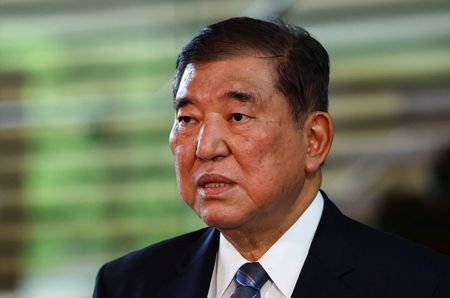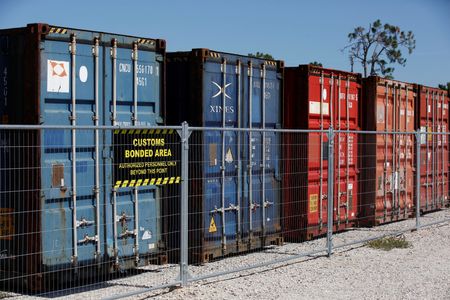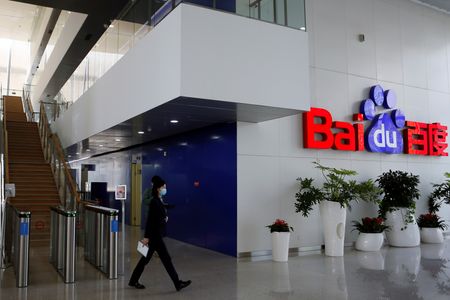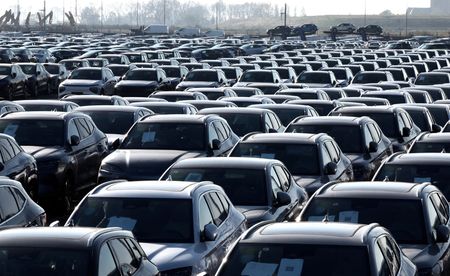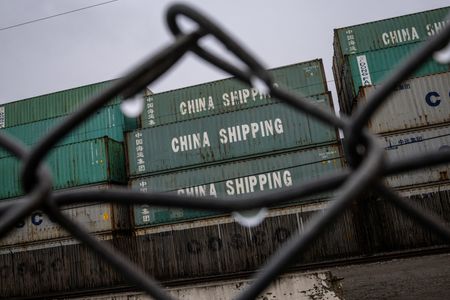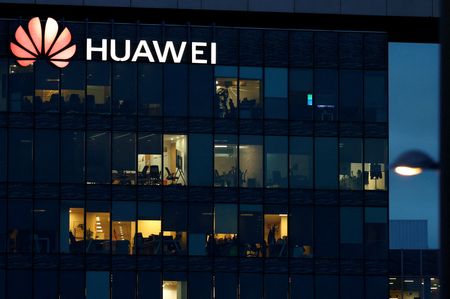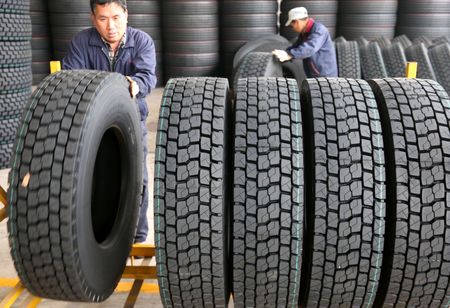TOKYO (Reuters) -Japan will consider easing the timeframe for achieving a balanced budget as U.S. tariffs cloud the economic outlook, the Nikkei daily reported on Wednesday, a move that may add to growing market worries about the country’s fiscal woes.
Under its long-term policy blueprint, the government currently says it will strive to achieve a primary budget surplus, or fund spending without resorting to debt, in fiscal 2025 – a pledge it has maintained since 2018.
In a new blueprint to be set later this year, the government is considering pushing back the timeframe by saying it will seek to achieve a primary budget surplus “around fiscal 2025 to 2026,” the Nikkei said without citing sources.
The government will finalise the decision after discussions with ruling coalition officials, the Nikkei said. The policy blueprint is typically revised by the government around June each year.
Prime Minister Shigeru Ishiba is facing growing calls from ruling and opposition lawmakers to boost spending or cut taxes to appease voters hit by rising living costs, ahead of an upper house election slated for July.
Concern over Japan’s worsening finances have pushed up yields on super-long government bond yields to fresh records this week.
The primary budget balance, which excludes new bond sales and debt-servicing costs, is a key gauge of the extent to which policy measures can be funded without resorting to debt.
Japan has been using the primary budget goal to show its commitment to get its fiscal house in order.
But the timeframe has been pushed back several times, as Japan’s public debt has continued to balloon with rising social welfare costs for a rapidly ageing population and numerous big spending packages compiled to support the economy.
(Reporting by Mariko Katsumura and Leika Kihara; Editing by Hugh Lawson and Raju Gopalakrishnan)

